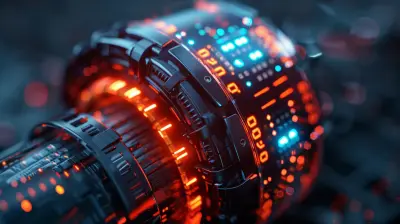How Drones Are Assisting in Environmental Conservation
16 November 2025
Technology is transforming the way we tackle environmental challenges, and one of the most exciting innovations shaking up conservation efforts is drones. These flying marvels are changing the game when it comes to protecting our planet, providing eyes in the sky where humans can’t easily go.
From monitoring endangered species to detecting illegal deforestation, drones are doing the heavy lifting in ways that were once impossible. But how exactly are they making a difference? Let’s dive into the fascinating world of drone-driven environmental conservation. 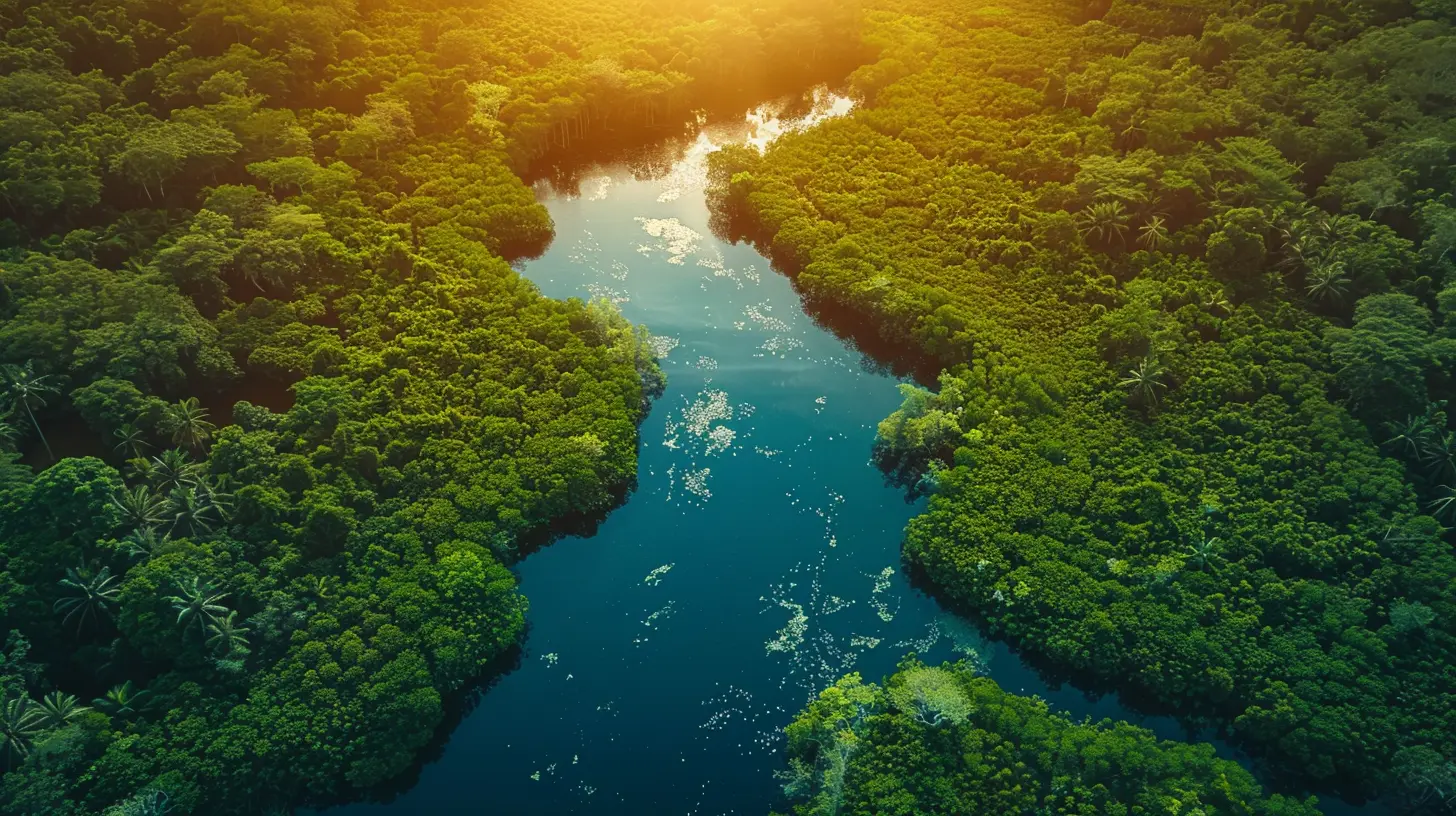
Why Drones Are a Game-Changer for Conservation
Conservation work has always been a battle against time and accessibility. Trekking through dense forests, scaling mountains, or diving into vast oceans takes immense effort and resources. Traditional methods like satellite imagery and manual surveying are either too expensive, time-consuming, or lack precision.That’s where drones come in.
Drones offer high-resolution aerial views, access to unreachable locations, and real-time data collection—all while cutting down costs and reducing human effort. Unlike satellites, which have fixed orbits and can be obstructed by bad weather, drones can be deployed instantly and hover exactly where needed.
But their biggest advantage? They minimize human interference with fragile ecosystems. Instead of disturbing wildlife with noisy helicopters or foot patrols, drones quietly gather the information needed to protect nature more efficiently. 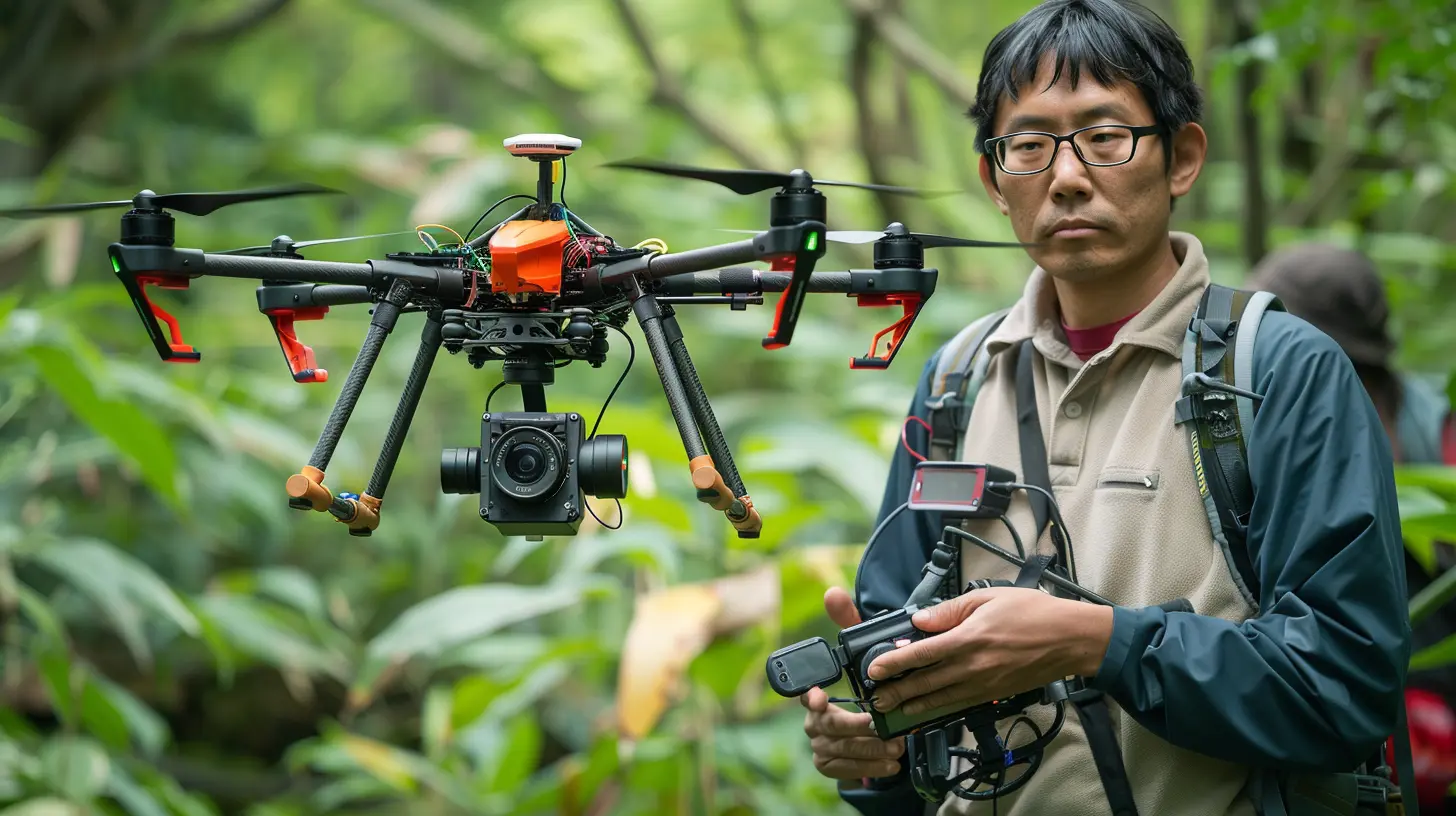
The Many Ways Drones Are Saving the Environment
Let's break down exactly how these tech wonders are making a difference.1. Wildlife Monitoring and Anti-Poaching Efforts
Tracking and protecting endangered species has always been a challenge. Traditional methods often disturb animals or rely on expensive tracking collars. But with drones, conservationists can:- Monitor animal populations without disrupting natural behaviors.
- Track migration patterns and habitat changes from above.
- Identify injured or sick animals that may need intervention.
Even better, drones are helping combat poaching. Equipped with thermal imaging cameras and AI-powered detection systems, drones can spot illegal hunters even in the dead of night, relaying real-time data to rangers who can intervene before it’s too late.
2. Fighting Deforestation and Illegal Logging
Illegal logging is a major threat to our forests and biodiversity. The destruction of trees impacts not just the environment but also the indigenous communities that depend on them.Drones help by:
- Surveilling remote forests where illegal logging is common.
- Capturing evidence of illegal activities and reporting it to authorities.
- Mapping deforested areas to assess damage and plan reforestation efforts.
Traditional methods involved ground patrols or slow satellite imagery, but drones provide instant, high-resolution visuals, making it much easier to catch illegal loggers in the act.
3. Restoring and Monitoring Ecosystems
After a disaster—whether it’s deforestation, wildfires, or climate change-related damage—ecosystem restoration is crucial. But manually planting trees or rebuilding habitats is slow and labor-intensive.Enter drones.
Drones are being used for seed bombing—a futuristic method of planting trees by dropping seed pods into deforested areas. This technique allows conservationists to plant thousands of trees in a fraction of the time it would take humans.
Additionally, they assist in:
- Mapping degraded land to plan restoration projects.
- Monitoring soil health and plant growth over time.
- Tracking the success rate of reforestation efforts.
The result? Faster, more efficient restoration of damaged ecosystems.
4. Marine Conservation and Ocean Protection
Conservation doesn't stop on land—our oceans need just as much protection. Drones are helping marine biologists and environmentalists in remarkable ways.- Monitoring coral reefs to assess bleaching and damage.
- Tracking marine wildlife without disturbing them.
- Identifying illegal fishing activities in protected waters.
Since underwater drones (ROVs) can dive deeper than human divers and stay submerged longer, they provide crucial insights into marine health. Plus, they help collect samples and detect pollution, such as oil spills or plastic waste, ensuring a cleaner, healthier ocean.
5. Disaster Response and Climate Change Research
With the climate crisis worsening, environmental disasters are becoming more frequent. Drones are proving invaluable in:- Assessing damage after natural disasters like hurricanes, earthquakes, and wildfires.
- Providing real-time data on rising sea levels and melting glaciers.
- Predicting extreme weather patterns by gathering atmospheric data.
By monitoring these changes closely, scientists and policymakers can take proactive steps to protect vulnerable ecosystems and communities. 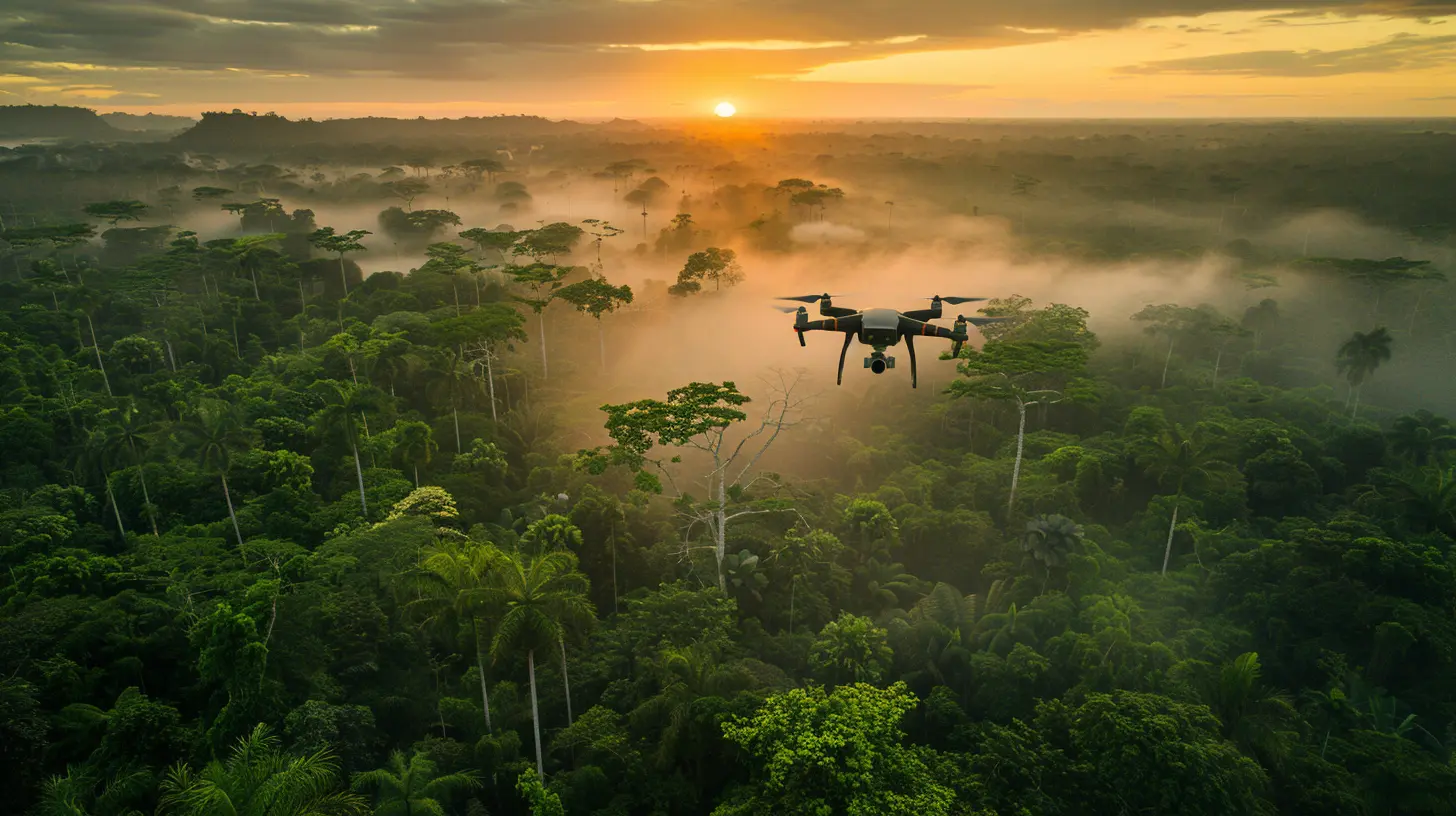
The Future of Drones in Conservation
The potential of drones in conservation is only just beginning to unfold. With advancements in AI and automation, drones will become even smarter, faster, and more efficient. Imagine drones that can:- Work autonomously, patrolling rainforests, deserts, and oceans without human operators.
- Use advanced AI to analyze data in real-time, identifying threats and trends instantly.
- Collaborate with ground robots to execute conservation projects on a massive scale.
Governments, environmental organizations, and tech companies are already investing in drone technology for conservation. As costs decrease and tech improves, we can expect even more groundbreaking applications in the years to come. 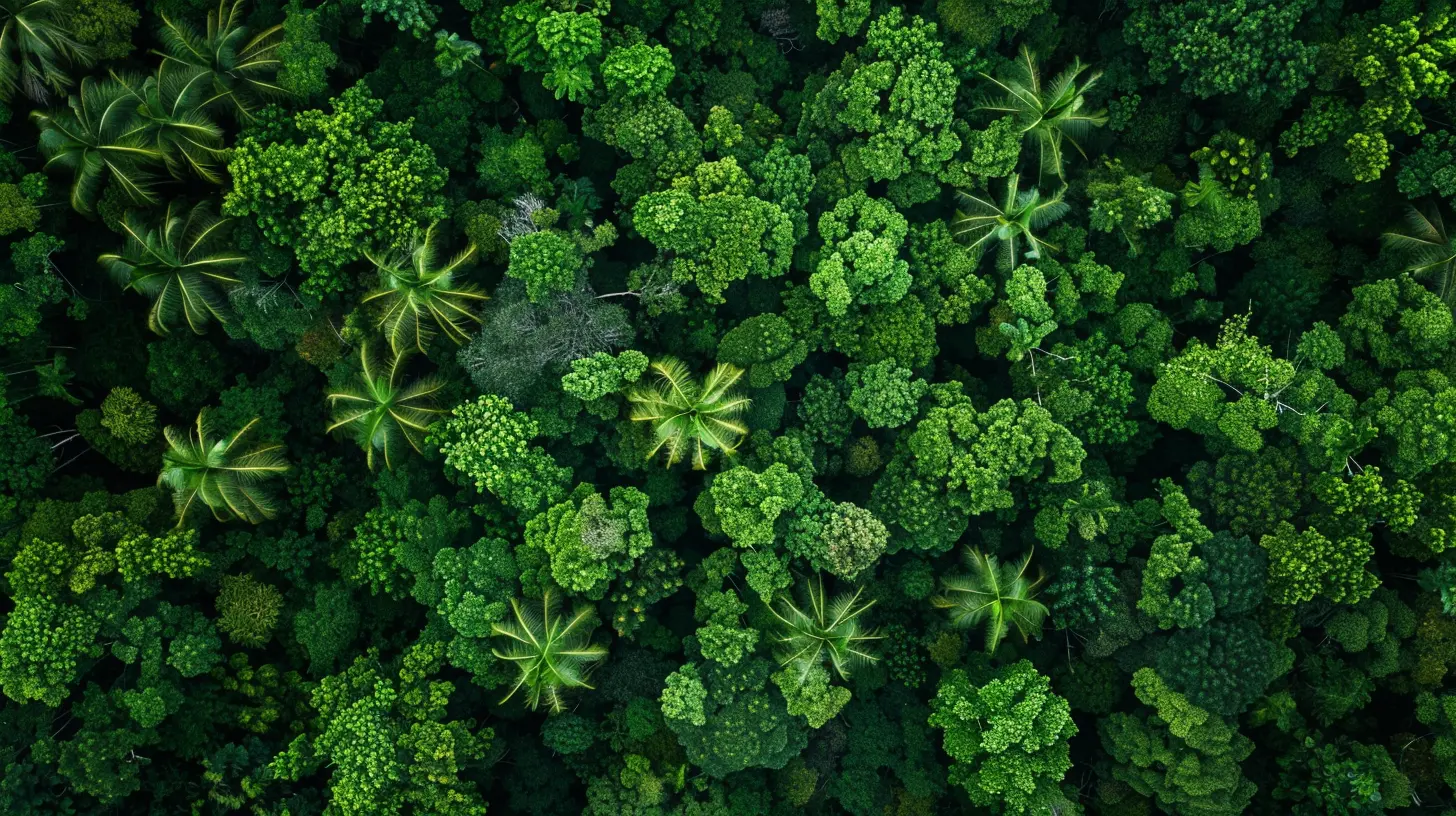
Final Thoughts
Drones are more than just gadgets for aerial photography or military use—they're powerful tools for environmental protection, wildlife conservation, and climate change mitigation.By providing a bird’s-eye view of the world’s most fragile ecosystems, drones are helping conservationists work smarter, not harder. They are uncovering illegal activities, restoring forests, saving endangered species, and revolutionizing data collection—all while minimizing human impact on nature.
As technology continues to advance, one thing is clear: drones will play a crucial role in shaping a greener, more sustainable future.
So next time you see a drone buzzing in the sky, remember—it might just be on a mission to save the planet.
all images in this post were generated using AI tools
Category:
Environmental TechAuthor:

Jerry Graham
Discussion
rate this article
1 comments
Nadine Bishop
This article effectively highlights the innovative role drones play in environmental conservation. Their ability to monitor ecosystems and gather data is transforming conservation efforts and providing invaluable insights for protecting our planet. Great insights!
November 18, 2025 at 3:28 AM

Jerry Graham
Thank you for your feedback! I'm glad you found the article insightful—drones truly are revolutionizing conservation efforts.


